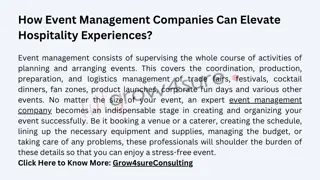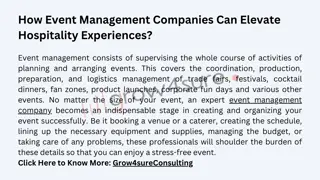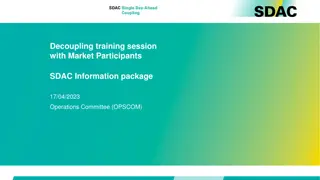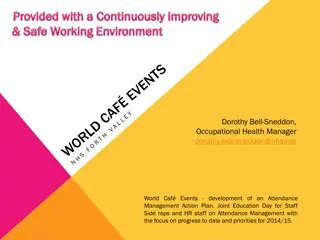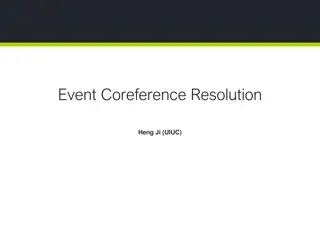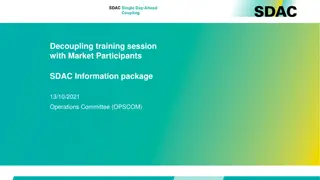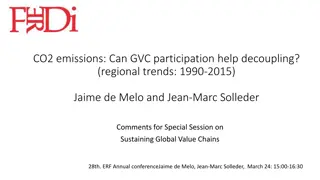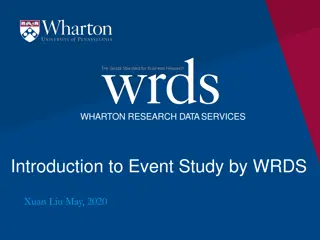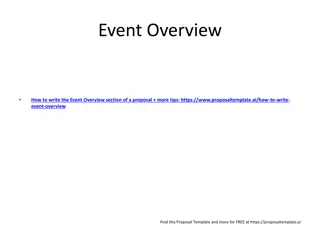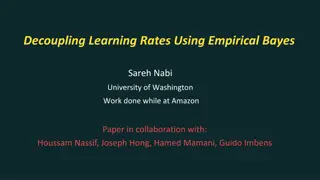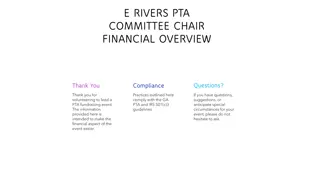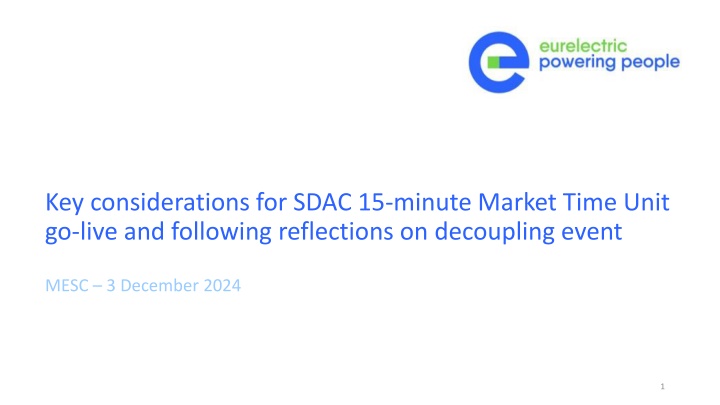
Key Considerations for SDAC 15-Minute Market Time Unit Go-Live and Decoupling Event Reflections
Explore key considerations for the SDAC 15-minute Market Time Unit go-live and reflections on decoupling events, highlighting preparation, testing readiness, and the need for robust fallback policies for operational processes.
Download Presentation

Please find below an Image/Link to download the presentation.
The content on the website is provided AS IS for your information and personal use only. It may not be sold, licensed, or shared on other websites without obtaining consent from the author. If you encounter any issues during the download, it is possible that the publisher has removed the file from their server.
You are allowed to download the files provided on this website for personal or commercial use, subject to the condition that they are used lawfully. All files are the property of their respective owners.
The content on the website is provided AS IS for your information and personal use only. It may not be sold, licensed, or shared on other websites without obtaining consent from the author.
E N D
Presentation Transcript
Key considerations for SDAC 15-minute Market Time Unit go-live and following reflections on decoupling event MESC 3 December 2024 1
SDAC 15-min MTU go-live preparation General observations - We thank the MCSC for its commitment and responsiveness in addressing our needs particularly regarding: (i) the content of member testing, (ii) the harmonisation of the 60-minute average price calculation methodology, (iii) the distinction between ID and DA go-lives to prevent cascading effects in case of SDAC go-live is delays and the implementation planningoverview. The productive dialogue throughthe MCCG channel has been greatly appreciated. - However, the date communicated so far seems to lack credibility in the light of the latest information shared in the last MCCG. An official communication confirming either the current go-live date or its postponement is necessary. A detailed planning of the different steps (including testing and development) is also needed and should be the subject of discussion in the very next days o Testing readiness: adequate and timely testing of critical market conditions is essential. We continue to observe disparities among NEMOs in providing the technical information necessary for testing. Way forward 1. We still consider a standardised and coordinated checklist between all NEMOs is necessary and needs to be communicated at the same time as the go-live date to ensure readiness. This should outline the minimum technical requirements that are needed for a go-live and keep track of its publication status among all NEMOs/TSOs. In particular, publication of indexes is essential. 2. NEMOs and regulatory authorities must ensure that market participants have sufficient lead time to conduct developments on their side once necessary information is made available and between testing and go-live date. 3. Go-live date: clear communication is essential months in advance to ensure preparation for processes, contracts and IT adjustments. We recommend avoiding the following period: - Winter months with higher system strain - Bank holidays and summer recess (mid-June to mid-September)and preferablyavoiding weekends Preferablyalign the go-live date with the start of a quarter or at least the beginning of a month 2
Decoupling events: the need for robust fallback policy provisions The decoupling events over the summer period have initiated discussions about possible adjustments to SDAC operational processes at exchanges and in CACM 2.0. Market participants were faced with three key issues in recent decoupling events: Communication was lacking clarity Existence of two different prices in the same BZ leading to contractual inconsistencies. Unrepresentative dispatch schedules from SDAC that could lead to economic inefficiencies. Eurelectric recommends 1. Assessing and reinforcing weakness areas 2. Improving communication during and after a decoupling event 3. Considering the extension of TSOs nomination deadlines (in decoupling situation) allowing the SDAC process to run longer by giving more time to the failed NEMO to fix the problem and ensure the coupling. Additionally, we see a need to evolve processes addressing decoupling events Eurelectric has identified several possible ways forward to improve the fallback situations. These can include improvements to local auctions, fallback order books and/or usage of reference prices. So far, no 'silver bullet' has been identified among the alternatives. Trade-offs will be necessary. In addition, a cascade of fallback solutions will likely be needed to cope with different degrees of severity of the issue being faced. 3
Decoupling events: the need for robust fallback policy provisions Way forward: harmonised fallback provisions in CACM 2.0 Eurelectric urges the Commission and decision-makers to include harmonised fallback provisions in CACM 2.0 and to ensure greater transparency and engagement with Market Participants throughout the process by providing regular updates on the progress of discussions and decisions related to fallback provisions. These provisions should: Avoid being overly prescriptive provisions that would limit regional adaptability. Favor the development of harmonised fallback procedures through regional methodologies (accounting for regional differences notably in nomination deadlines). Provide clear objectives on fallback procedures while recognising the need to balance priorities and the inherent challenges of achieving a solution that fully satisfies all objectives focusing on: Ability to preserve a unique price, Ability to obtain market feedback reflecting the state of the system for both coupled and uncoupled MPs, Efficient allocation of interconnections. 4


